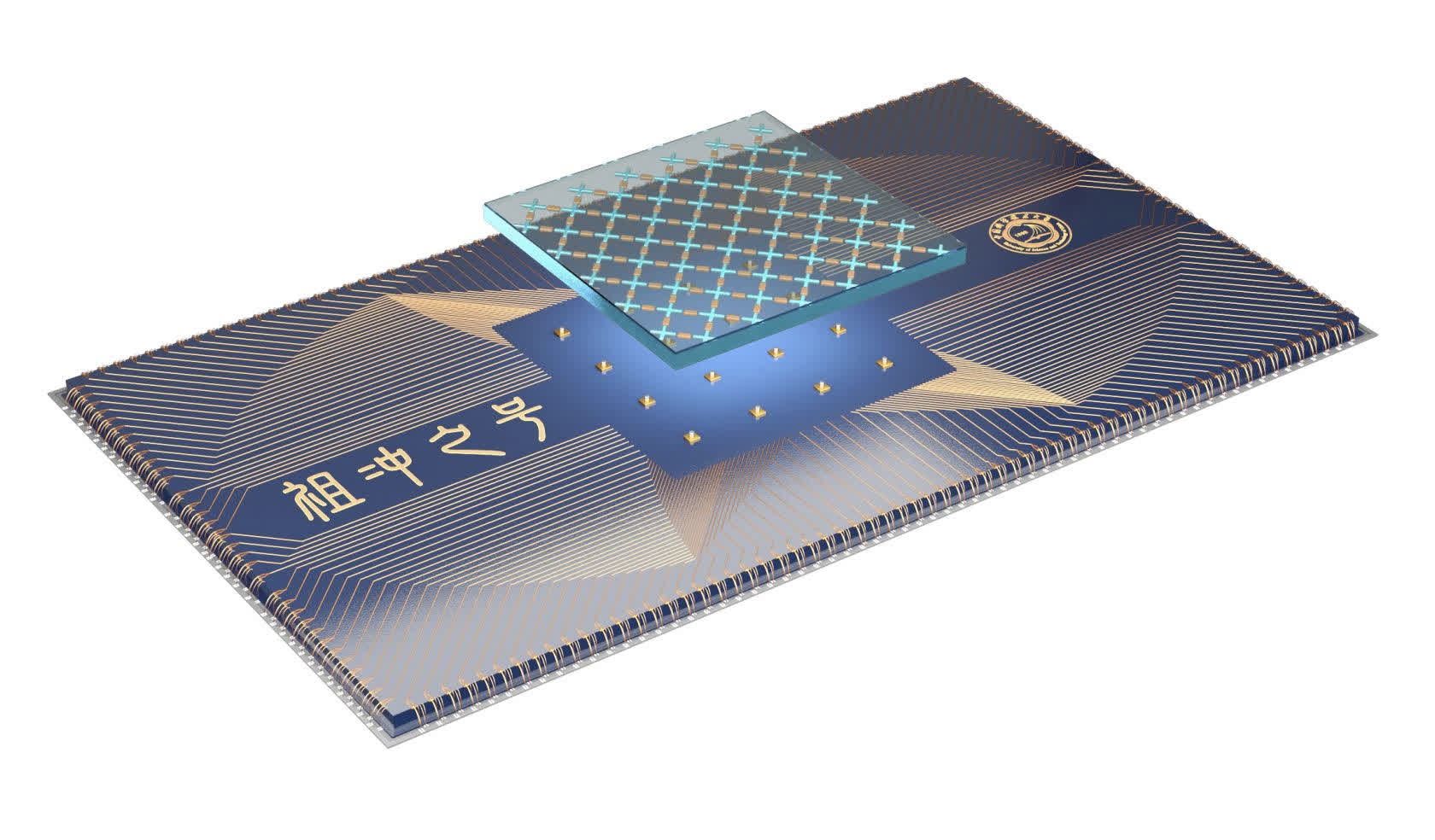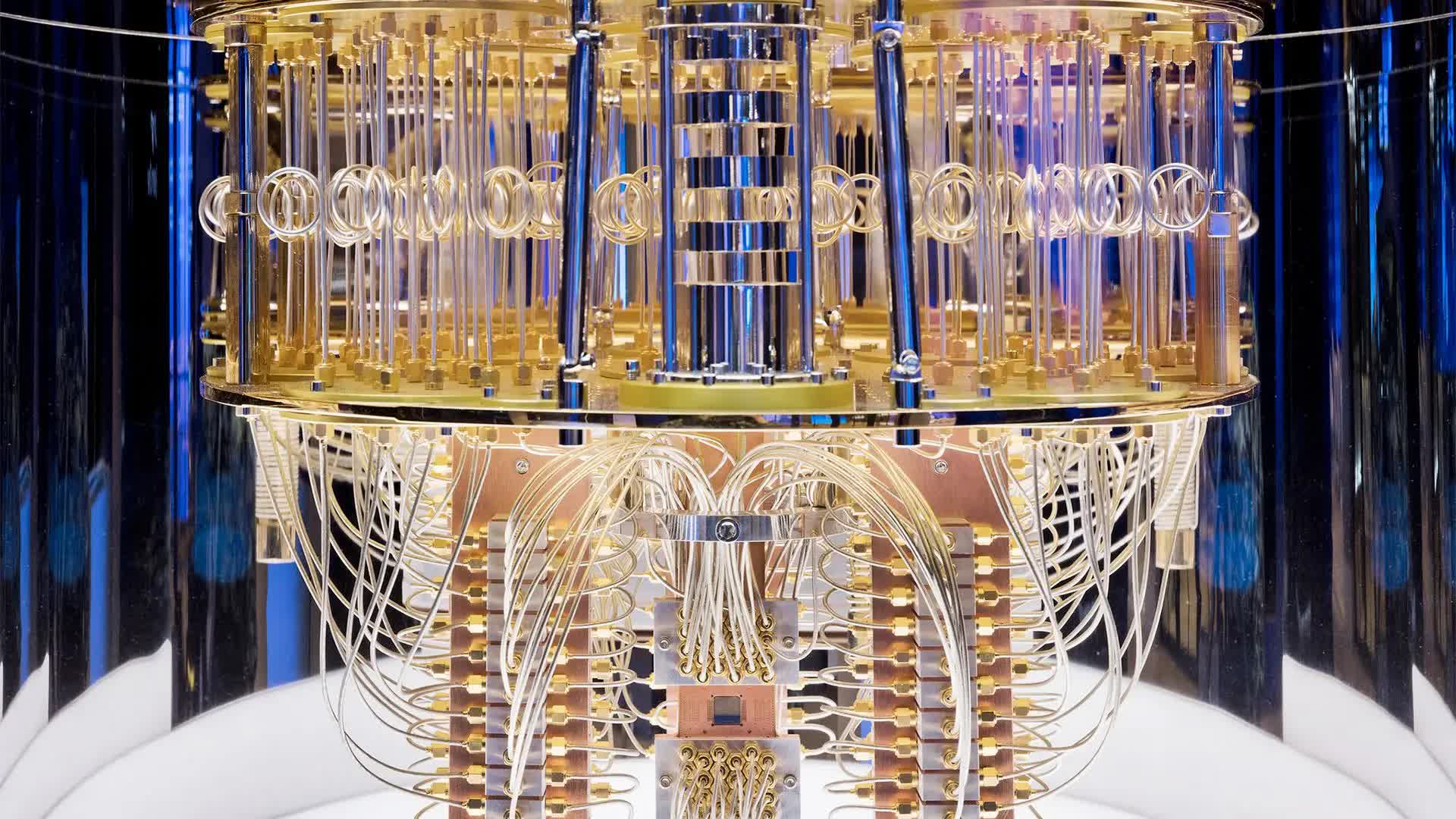Forward-looking: Chinese researchers of the University of Science and Technology of China have created the world's fastest quantum processor, the Zuchongzhi. According to researchers, the Zuchongzhi is 2 to 3 times faster than Google's Sycamore processor, solving a problem in 1.2 hours that would take 8 years for the most powerful supercomputer to solve.
Quantum supremacy or quantum advantage is achieved when a quantum computer can solve a problem that no standard computer can in a feasible amount of time. This was first accomplished by Google with the Sycamore, a 53-qubit quantum computer that completed a calculation in 200 seconds that would take a normal PC 10,000 years.
Since then, other organizations like Honeywell and the University of Science and Technology of China developed quantum machines capable of outperforming Sycamore. Now, the latter has done it once again, with the Zuchongzhi quantum processor, a two-dimensional 66-qubit processor with 110 couplers.
Must read: What is Quantum Computing?
To show its quantum supremacy, the Zuchongzhi took a test consisting in performing "random quantum circuits sampling for benchmarking, up to a system size of 56 qubits and 20 cycles." To solve it, the most powerful supercomputer would take about eight years, but the Chinese quantum processor did it in just 72 minutes. Imagine if it had used all the 66 qubits.

According to the team, this problem was 100 times harder to solve than the one presented to Google's Sycamore. Note how an additional two qubits can significantly increase a quantum processor's performance.
"Our work establishes an unambiguous quantum computational advantage that is infeasible for classical computation in a reasonable amount of time. The high-precision and programmable quantum computing platform opens a new door to explore novel many-body phenomena and implement complex quantum algorithms," the team involved in the project reports.
The scientific paper published by the University of Science and Technology of China is available for everyone to read. The paper still has to be peer-reviewed for acceptance, but it shows enough to get an idea of what's to come in quantum computing.
